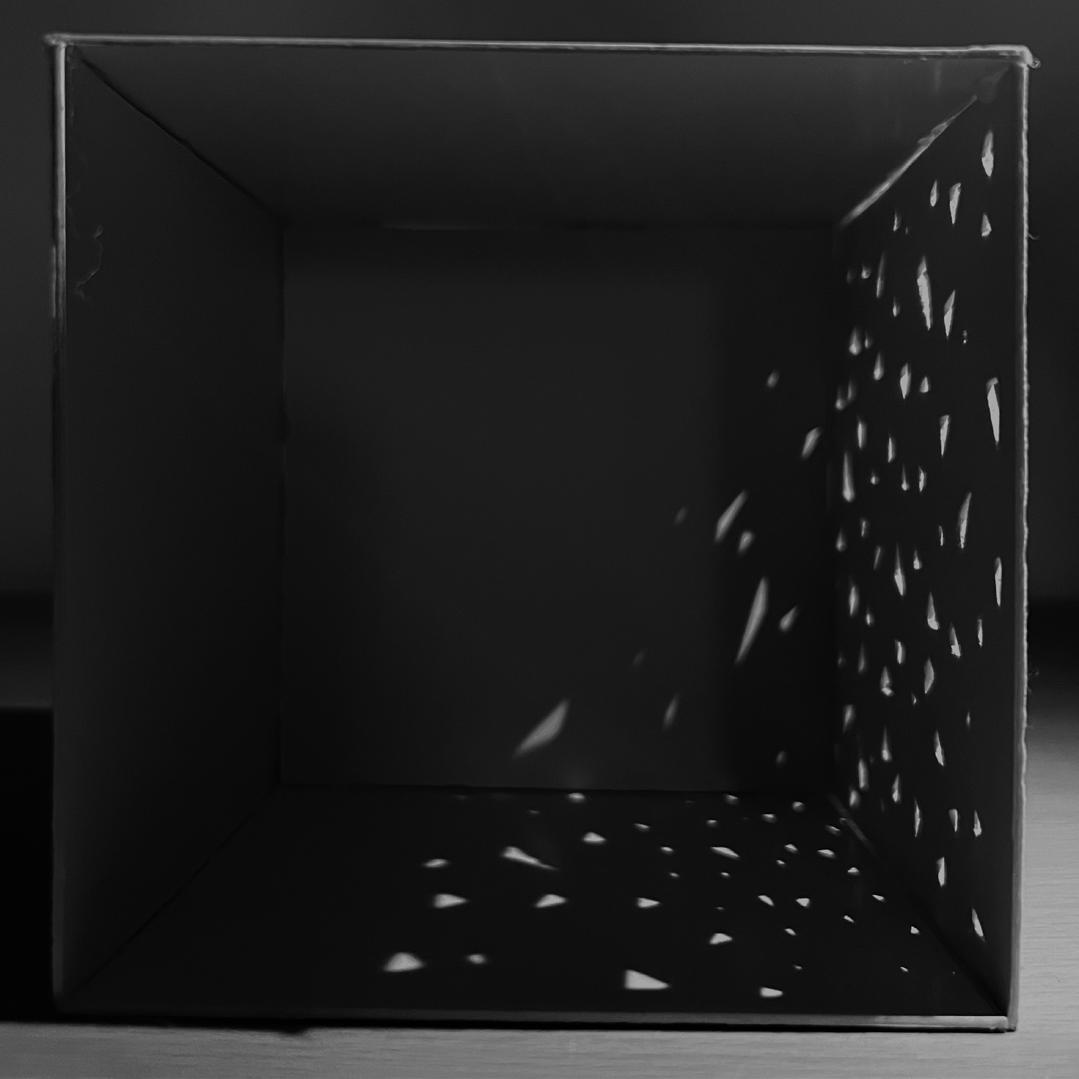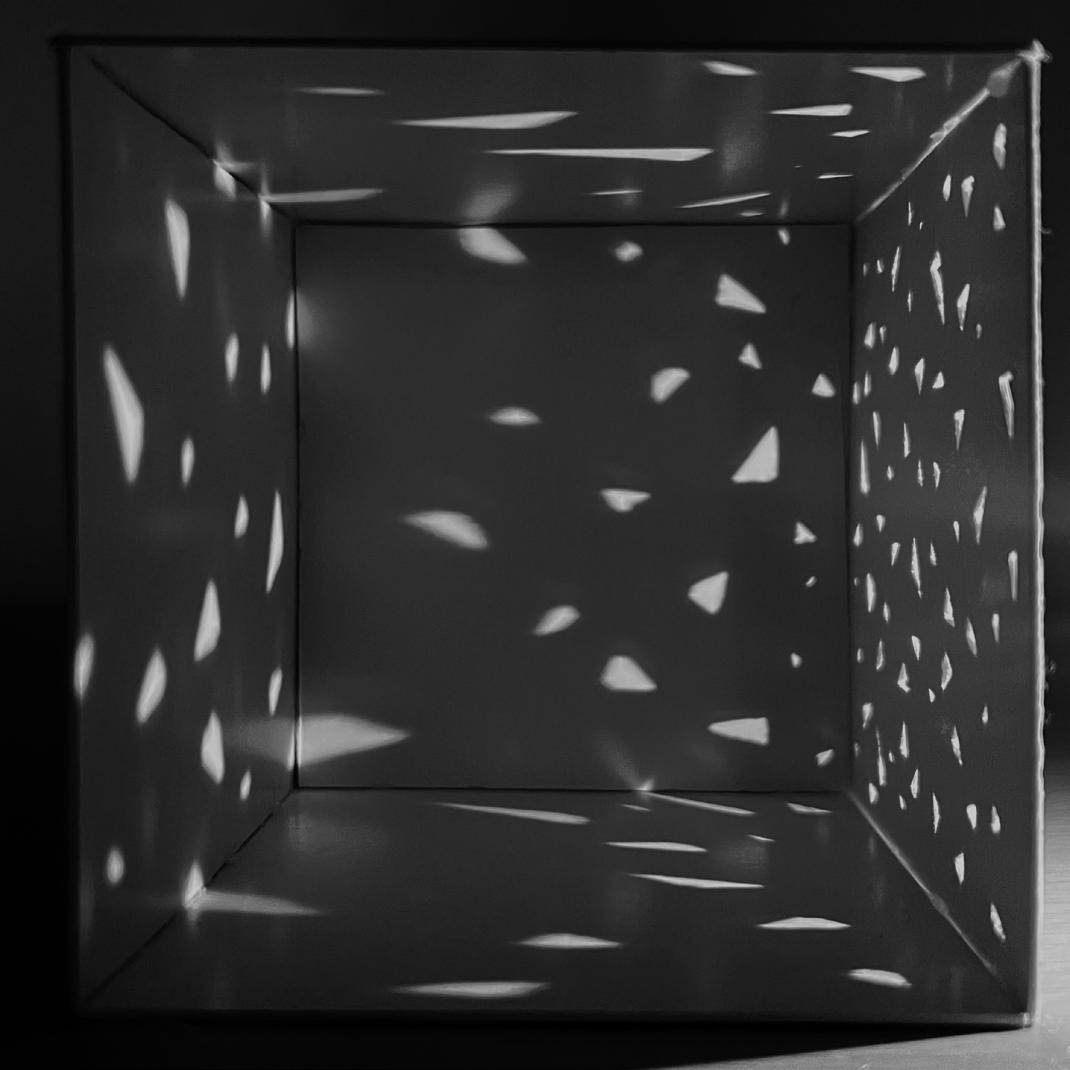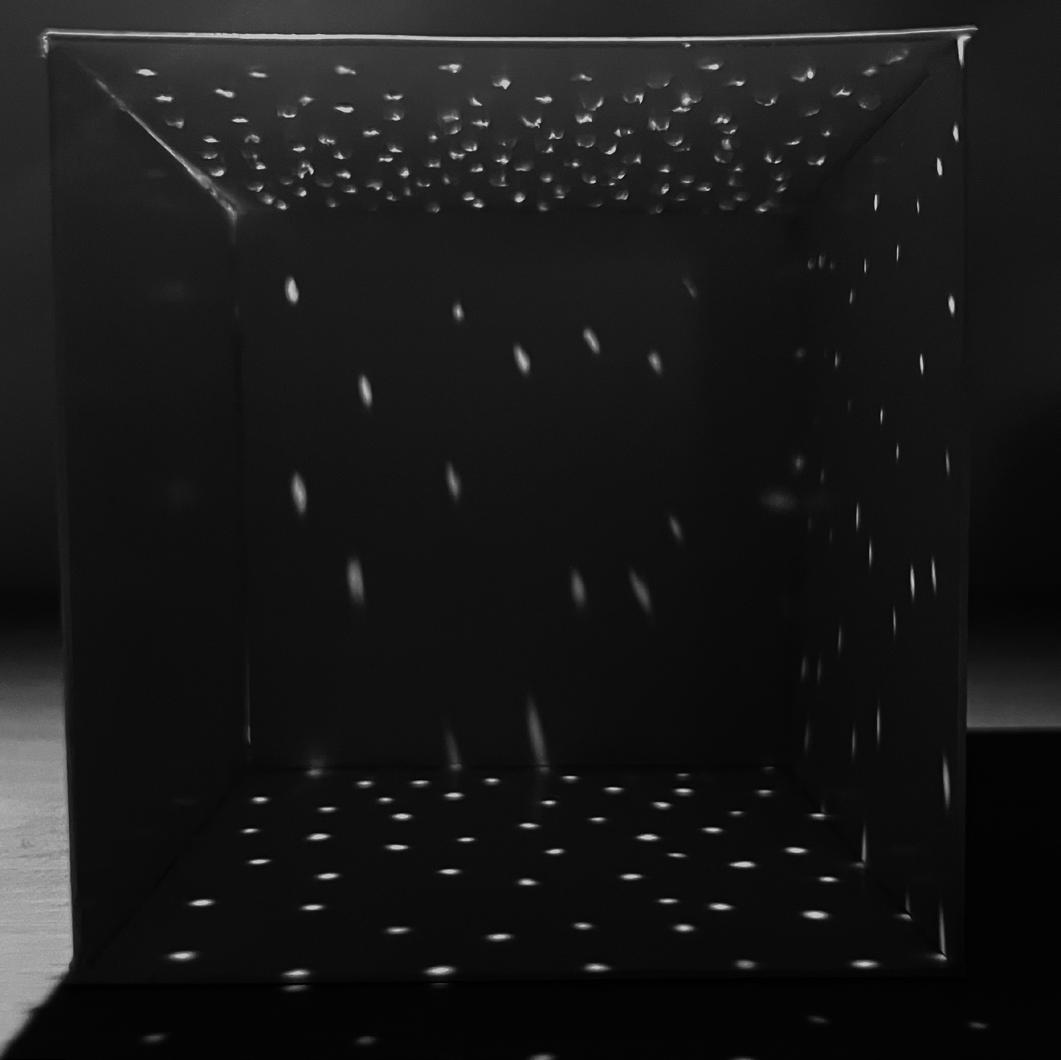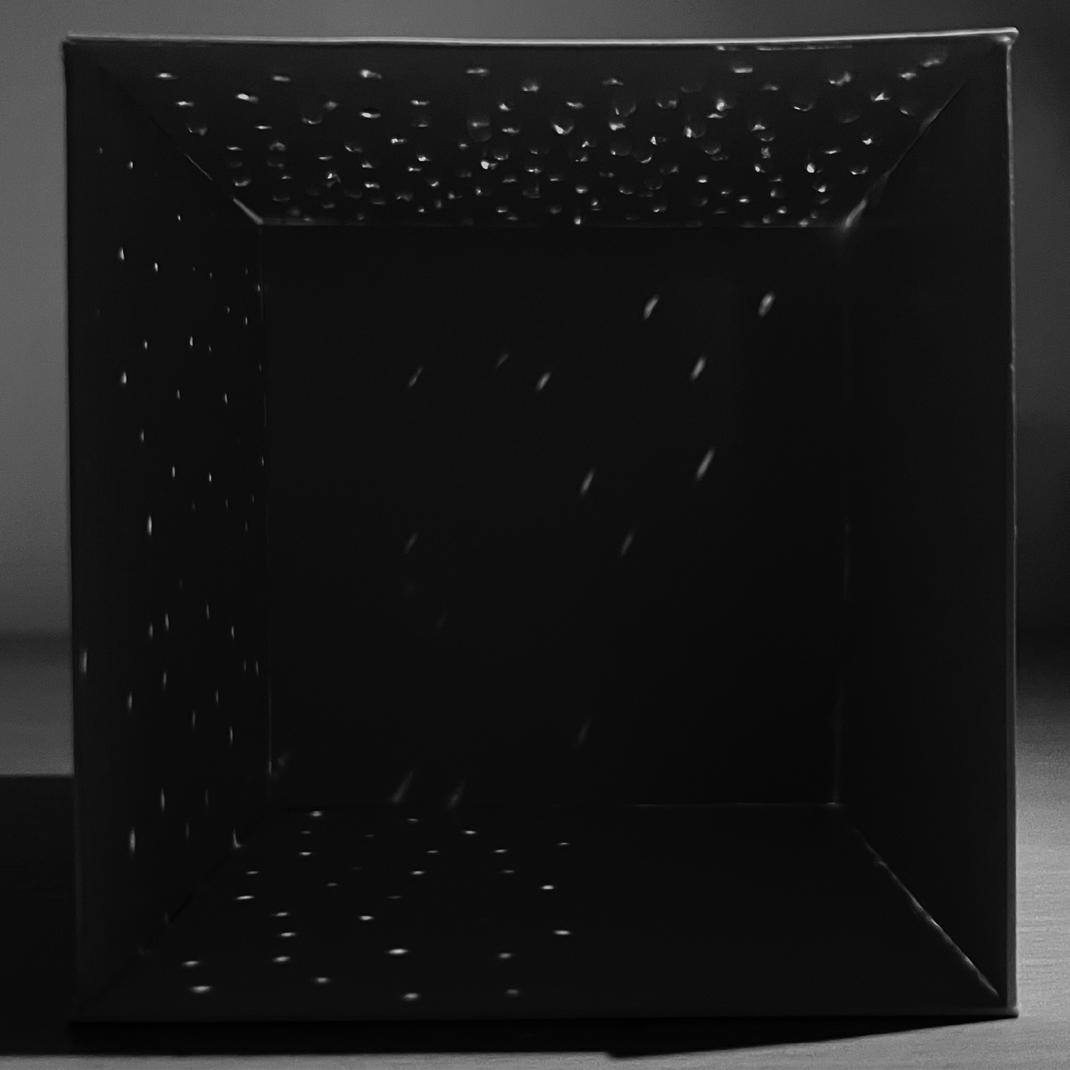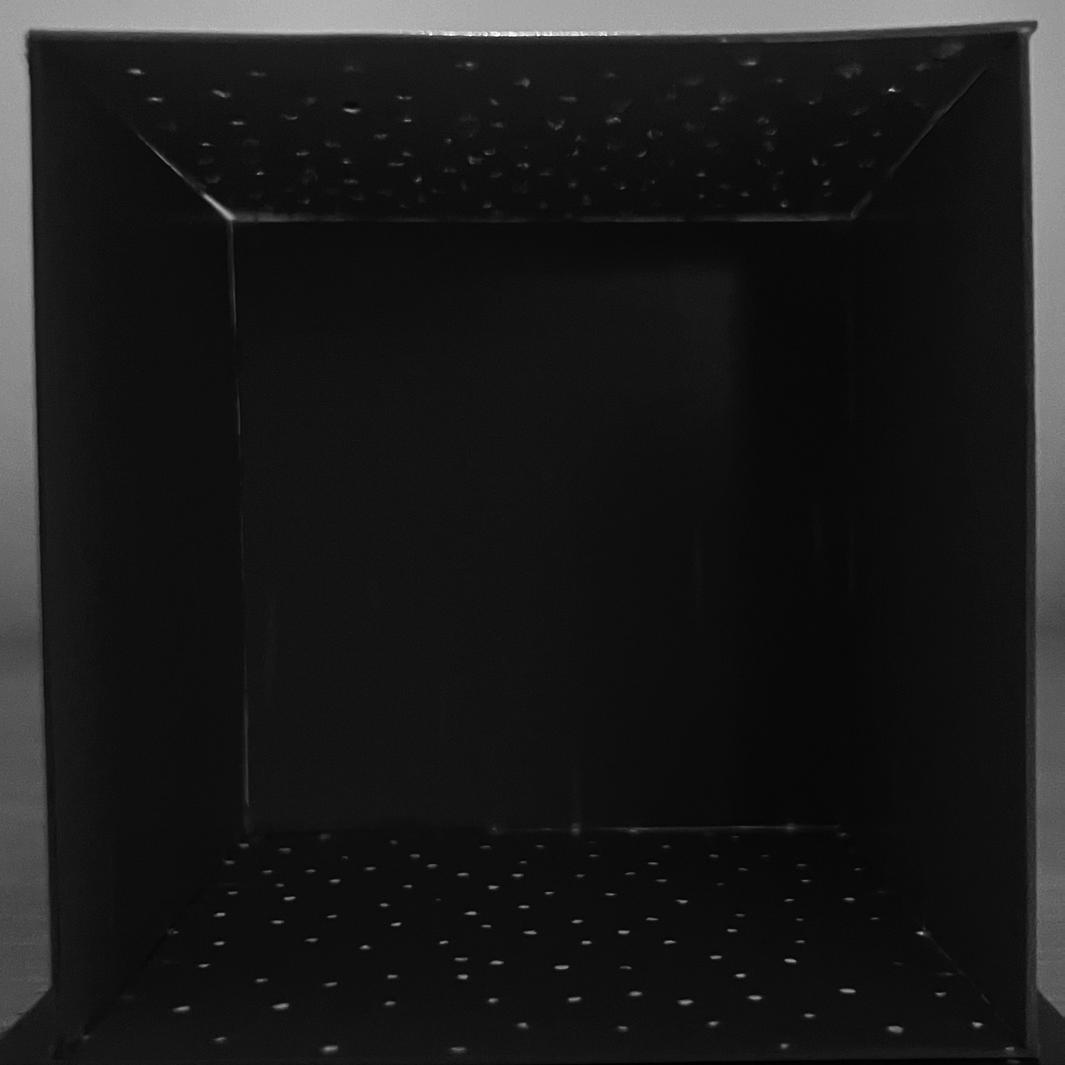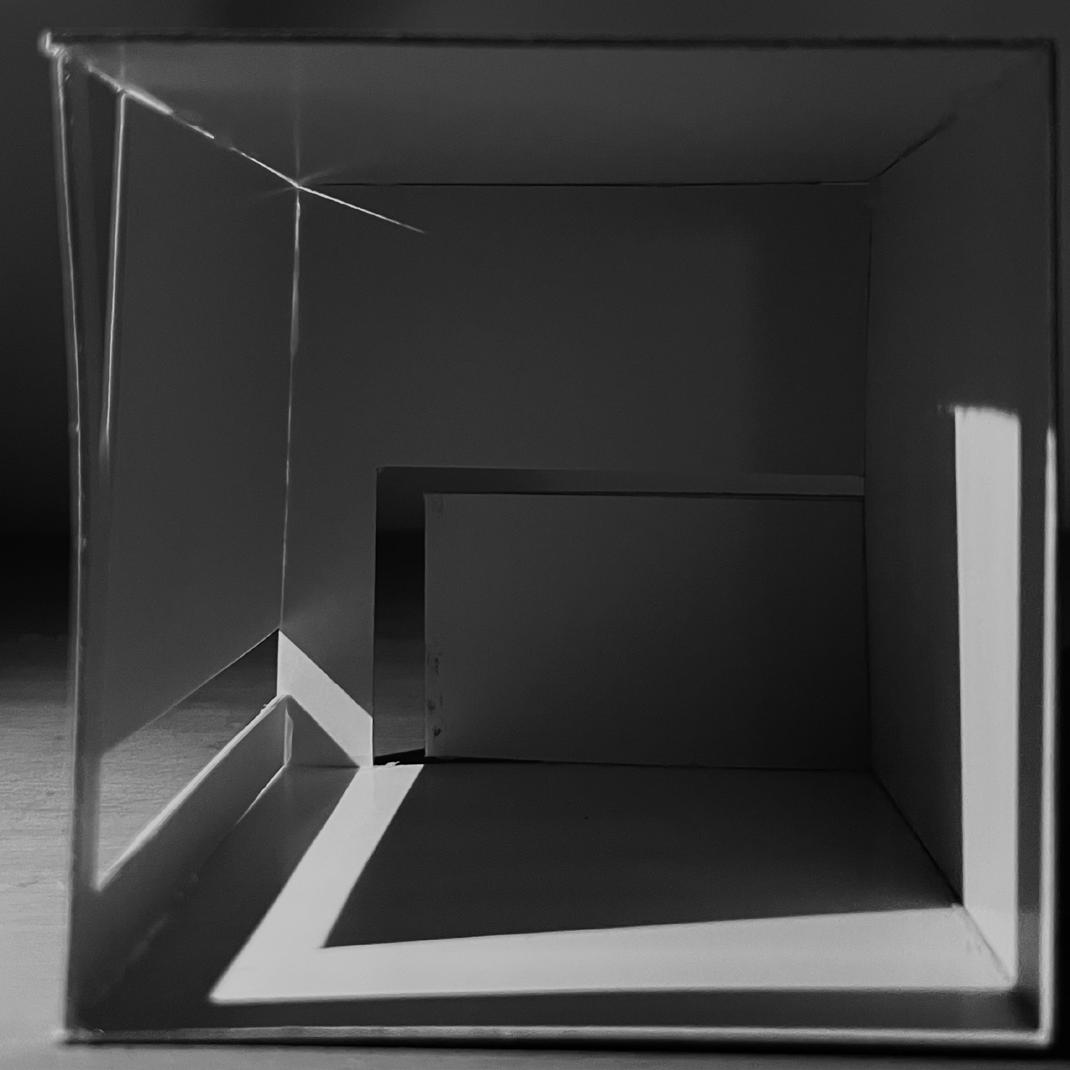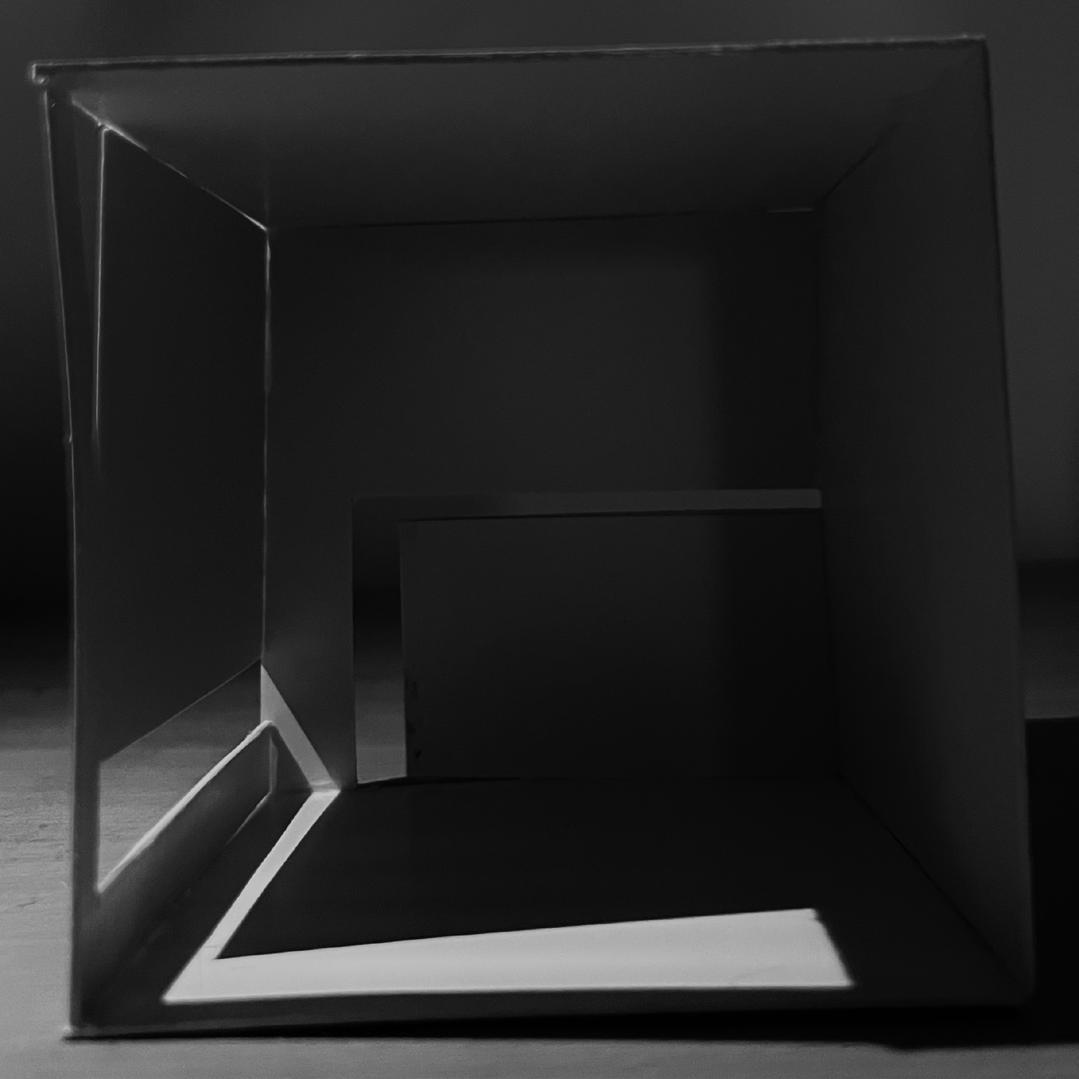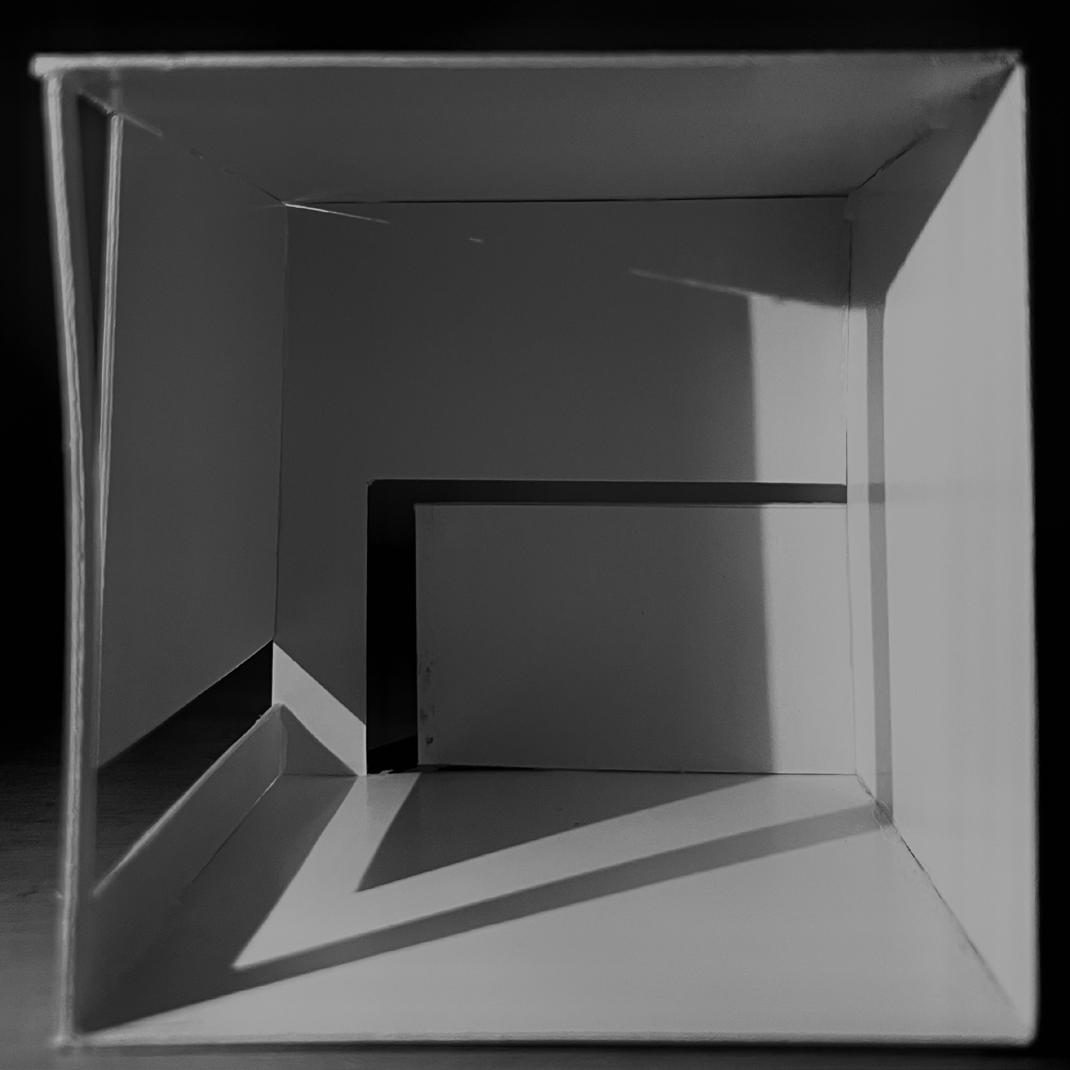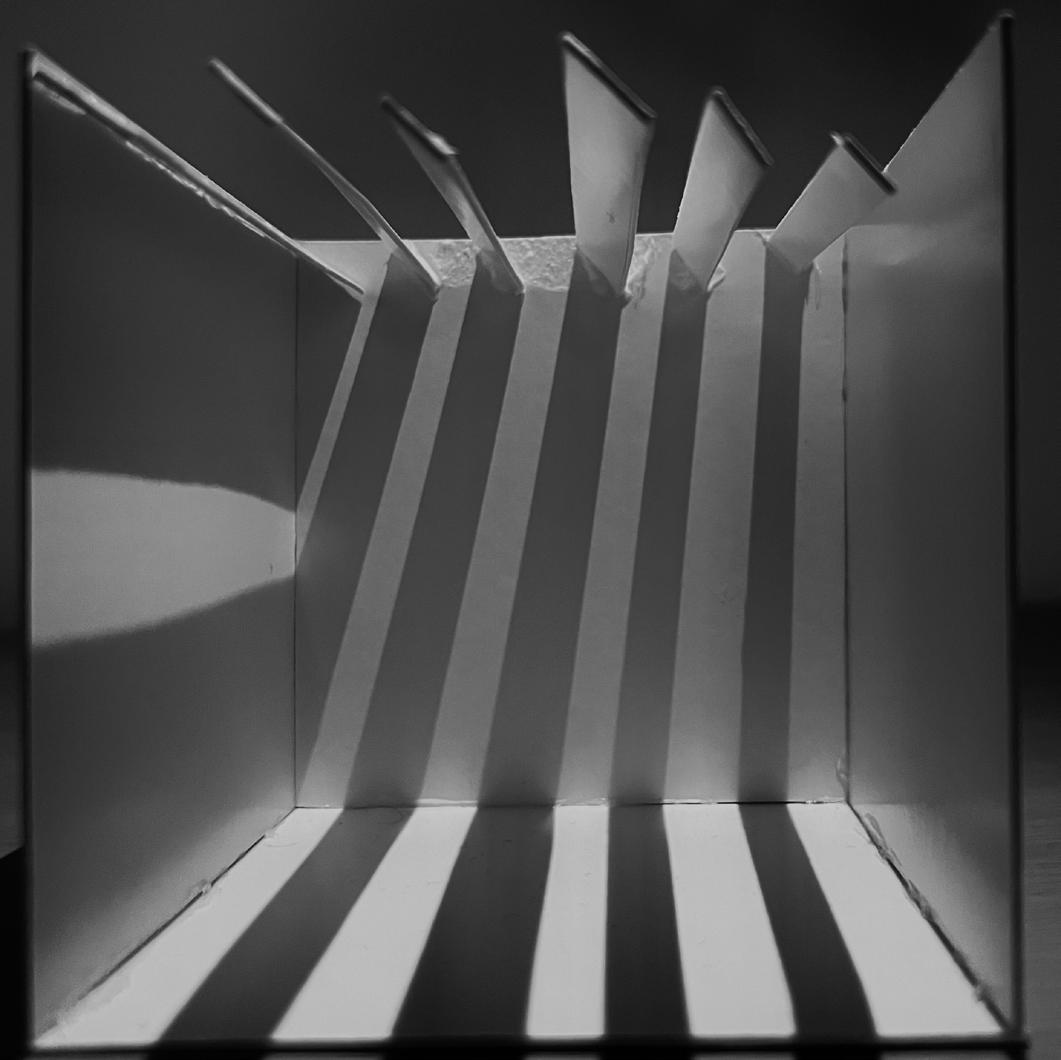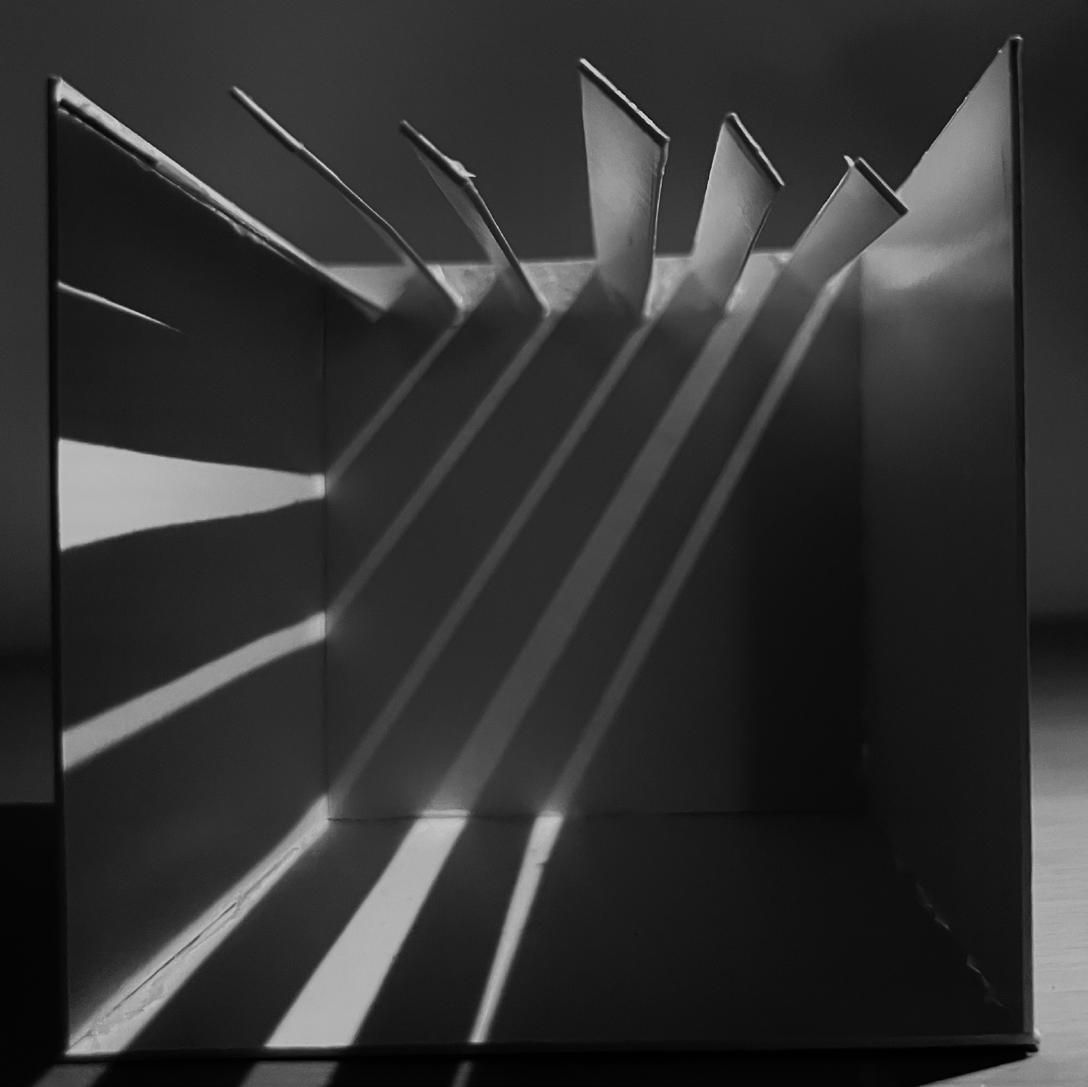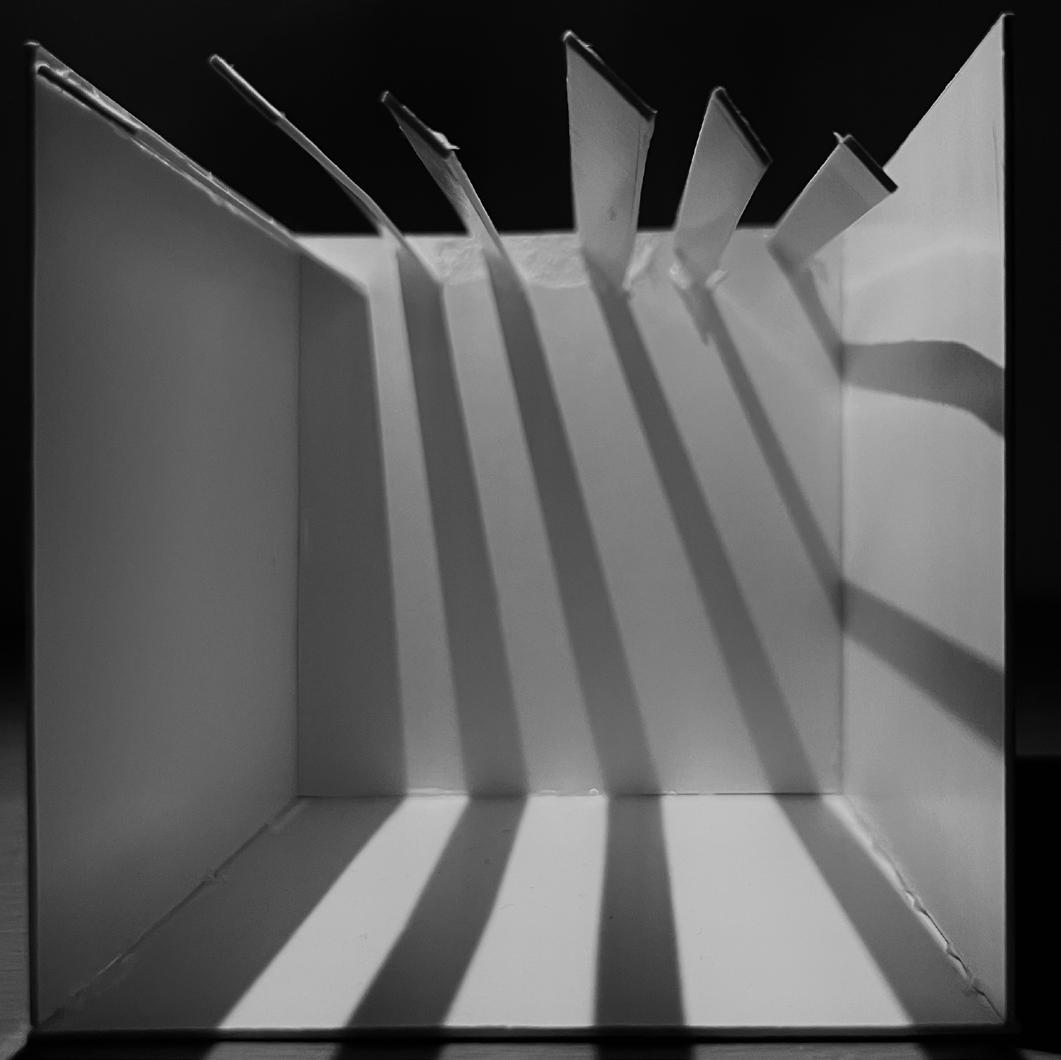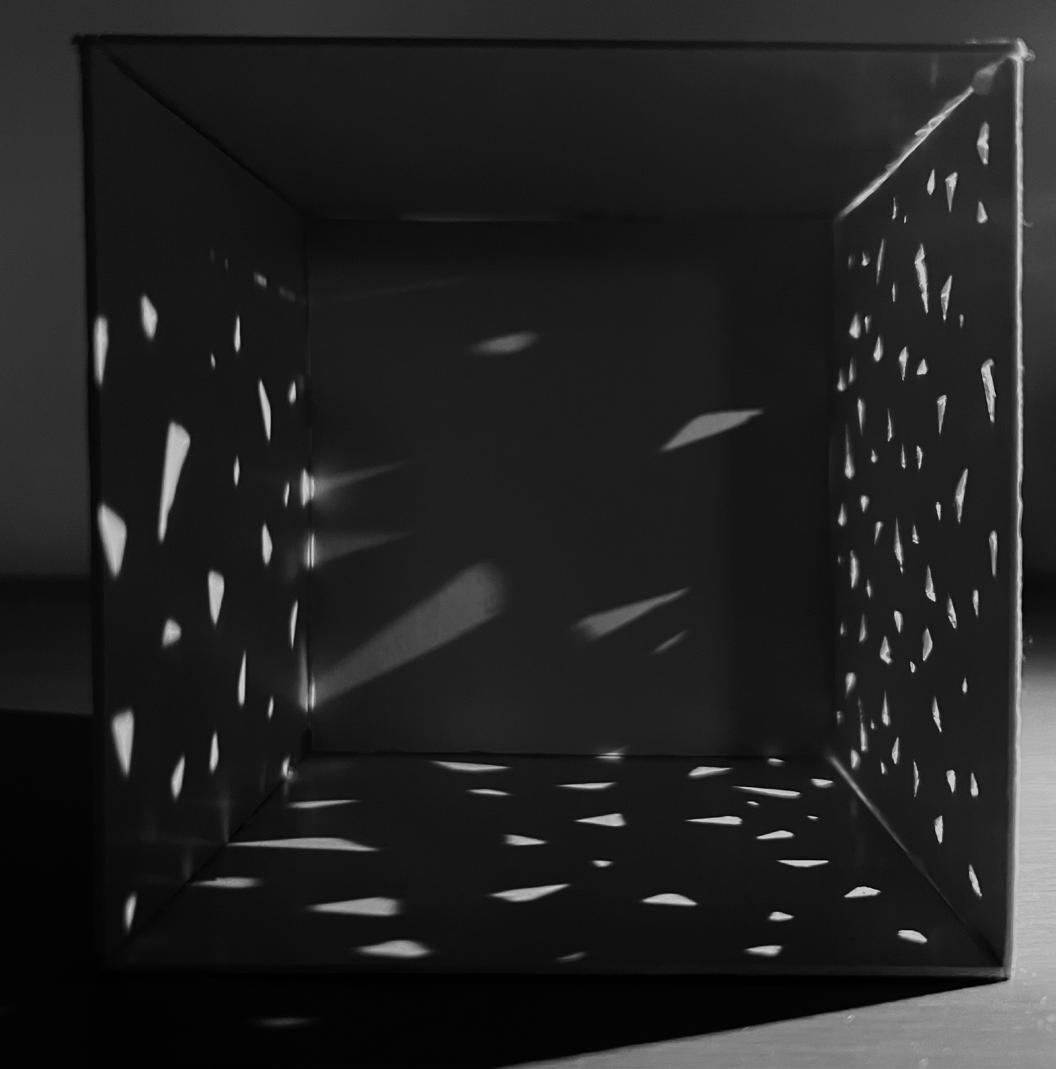
4 minute read
FOREWORD
Etienne - Louis Boullee, was the infamous architect of the 18th century, where he excelled through his career with almost no physically standing works. Boulle was known as the paper architect where his hand drawings depicted the notion of science and the way in which this concept was used in order to magnify and quantify the poetry of a public space. Boullee traditionally believed in the psychology of the viewers where his objective through his drawings was to represent not only unique but also emotive architecture. Through his works, Boullee experimented with vast forms and volumes in aims to suggest such complex emotions in a cohesively philosophical yet natural manner. As Boullee’s most known projects never came into fruition, I believe there is room to explore the notion of how technology has evolved to bring such works to life as well as delving into the themes of contemporary architectural strategies and how we can bring Boullee’s past works to life.
Through this exhibition I intend to explore not only the concept of how humans interact with public spaces, but also the way in which us humans experience such space. The architecture of Etienne Louis Boulle intended to evoke specific stories and feelings. The key notion of how modern-day technologies can reimagine Boullee’s approach to utilizing vast volumes and forms, natural light and shadows to convey a sense of poetry, often lost in contemporary architecture, will be explored.
Advertisement
The poetry of space and feelings evoked when entering and navigating these moments of upmost importance. One must consider this aspect when designing structures for the human and their interaction with the universe.
The Interaction Of Light And Verse
Etienne Louis Boulle and The Poetry of Your Environment
Poetry, romanticism and mysticism. Geometries, forms and volumes. Light and shadow. Components representing human interaction, elements missing within contemporary architecture.
Nicka Bazvand presents to you the exhibition - The Introspection of Light and Verse Etienne Louis Boullee and the Poetry of our Environment, which contains a collection of works inspired by those of Boullee. This exhibition will examine the interplay between light and shadow and the emotions in which they induce upon us as individuals alongside our environment. Firstly, light will be explored through the physicality of models as well as digital renders and drawings which have been curated in aim to immerse the viewer into a particular space and mindset.
Etienne – Louis Boulle, the infamous architect of the 18th century with, almost no surviving built works he only excelled with hand drawings which engaged his reputation within the Architecture community. Over time it became known that Boulle designed with intention and on such a vast scale, where his key focus was that of envisioning neoclassical buildings. Ultimately these structures were proven to be impossible to develop and further unmanageable to construct. This was suggested by ancient works being formulated into a new concept of monumental design. Boullee intended that these new building would possess the calm, idealist beauty which he believed classical architecture explored. ¹
Boulle believed that such vast forms and structures hold a considerable amount of power. The pure geometries displayed in his works reflected the visions of a particular movement dedicated to abstract reasoning and autonomy of an individual. Boulle discovered the poetry of volumes and their precise emotional effects on the human being, their mind and their way of life. Through discovering the prosperity of volumes and their emotional values, Boulle aimed to be a visionary in nature. ²
Boulle believed that through his works as well as his research he could amplify the poetry of any existing space. He believed traditionally in the psychology of the viewers where he aimed to create distinctive architecture. He proceeded to imagine concepts to a new social order. ²
Through the review of the works developed by Etienne – Louis Boulle it can be concluded that the psychology of space is crucial. Our environment in turn influences our emotions where light, form and function need to be considered. Architecture as we know it offers human beings an avenue to develop their own feelings and interpret a space and their stories in a specific way when compared to the next person. This interpretation soon becomes poetic where human expression portrays the psyche of architecture and allows us to convey our deep unconscious thoughts.³
The poetry of our environment naturally occurs through not only the immediate form of a structure but also the and hue of light that filters into a space and in turn the shadows which are cast. “The Intersection of Light and Verse,” curated by Nicka Bazvand will explore these notions where you will immersed and transcended into
1 “The Futuristic Architectural Designs Created by Etienne Louid Boullee in the 18th Century,” Open Culture, last modified, 15th of Febuary 2023, accessed 25th of March 2023. https://www.openculture.com/2023/02/the-futurist-architectural-designs-created-by-etienne-louis-boullee-in-the-18th-century.html
2 “Etienne Louis Boullee (1728-1799),” Architectural Review, Anthony Vidler, last modified 21st of November 2016, accessed 25th of March 2023. https:// www.architectural-review.com/essays/reputations/etienne-louis-boullee-1728-1799
3 “The Art and Psychology of Space,” Binghatti, last modified, 26 September 2022, accessed May 4th 2023. https://binghatti.com/the-art-and-psychology-of-space/
Physical Models
The Intersection of Light and Verse
Etienne Louis Boulle and The Poetry of Your Environment
Vast geometries have been used to develop these models where the interplay between light and space is discovered, producing dynamic and everchanging patterns which transform the environment around us. Inspired by the Cenotaph originally designed by Étienne Louis- Boullee, these structures aid viewers in understanding the experience Boullee intended if we had the opportunity to interact with his hand drawn structures. His pure intention here was the enlightening of the human emotion. When light enters, reflects and thus disperses, a sense of wonder and awe is almost always induced, creating a poetic scene allowing a connection to form between the viewer and the natural world.
